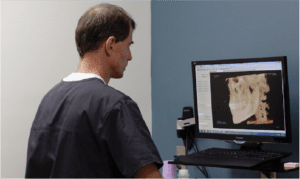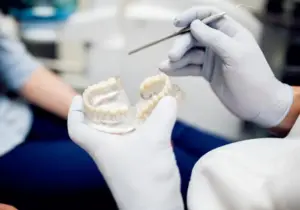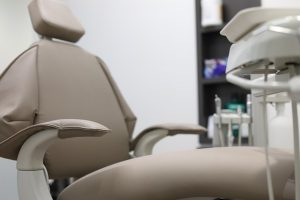Dental and facial trauma is not uncommon in the pediatric population. These injuries can range from a broken or avulsed (knocked out) tooth, to facial lacerations, to fractures of facial bones. Over the years, we have seen and treated all of these types of trauma.
Denta Trauma in Adolescence
When children are very young (age 5 or under), minor dental trauma will usually involve the baby teeth. If baby teeth are knocked out, we do not try to place the tooth back into the space it came from. Rather, an evaluation is done to check the developing adult teeth, and the growth and development of the baby and adult teeth are monitored. Sometimes, minor orthodontic treatment is needed to keep the spaces open for the adult teeth.
As children enter the awkward phase of dental life with baby teeth coming out and larger adult teeth coming in, dental trauma becomes more of a challenge. Frequently the large upper front teeth receive the majority of the forces with trauma. Fractures of the adult teeth need to be addressed with greater attention, since these are permanent teeth. If the adult teeth are avulsed, we make every attempt to place the tooth back into the site and stabilize the tooth as soon as possible. Unfortunately, there are times when the tooth cannot be placed back into the site. When there is a long delay of time and bone trauma, stabilizing the tooth is not possible.
Involving The Dentist
Most cases of minor trauma are best addressed by the general dentist or pediatric dentist, and we know excellent dentists in both categories who are great with kids. More significant or complicated issues are best treated by an oral surgeon. In our office, we have advanced imaging with a digital cone beam CT (minimizing time and exposure), as well as sevoflurane (a gas to have the patient go to sleep before an IV is started).
As parents, we want the best care for our children. Wilmington Oral Surgery has, and always will, make pediatric trauma and emergency situations a priority in our schedule.
-Dr. Scott Puckett










